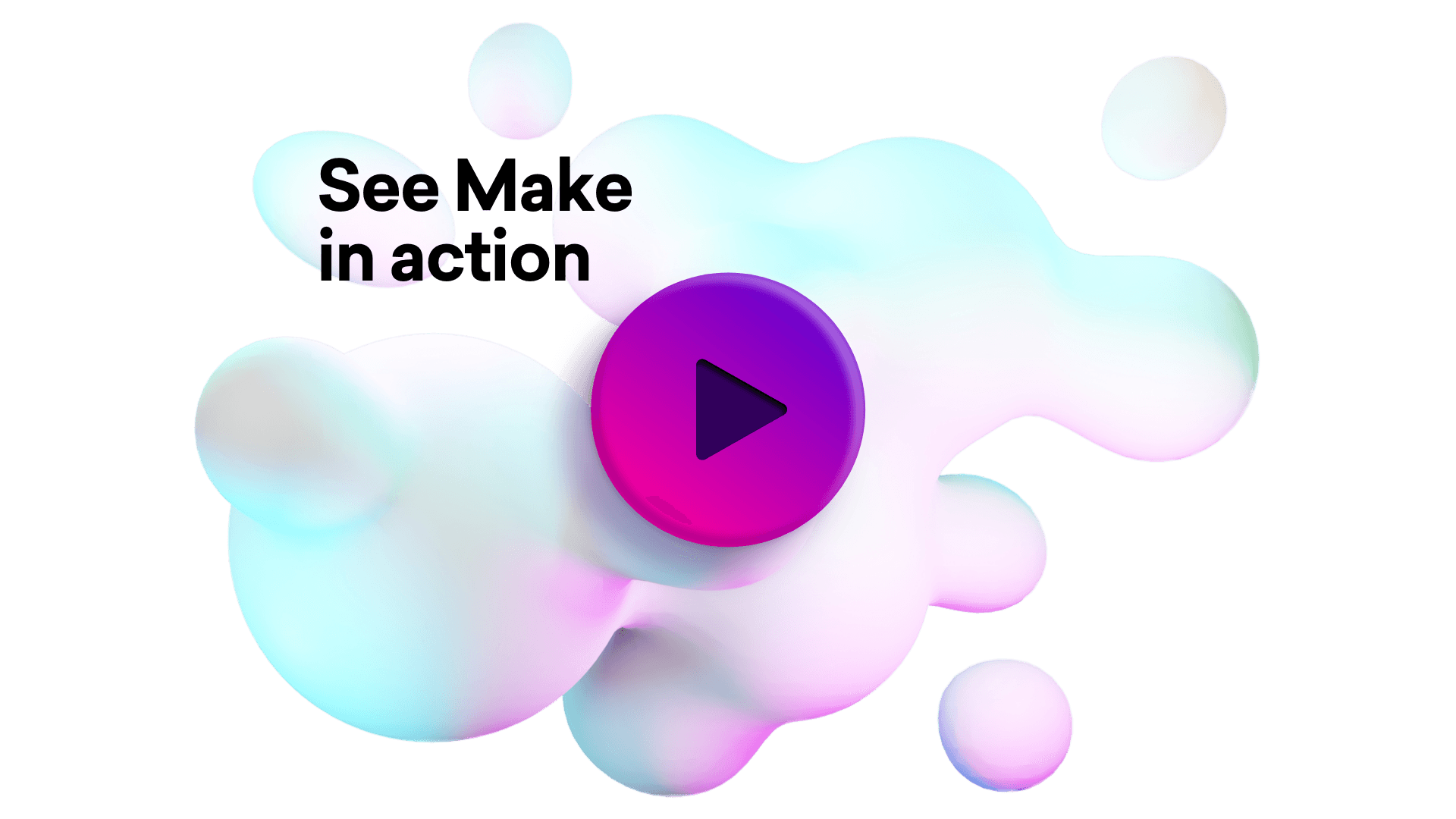Connect Noloco and Google Forms integrations
Connect Noloco and Google Forms with any of your favorite apps in just a few clicks. Design, build, and automate anything for your work by integrating apps like Noloco and Google Forms to create visual automated workflows. Choose from thousands of ready-made apps or use our no-code toolkit to connect to apps not yet in our library.
Trusted by thousands of fast-scaling organizations around the globe

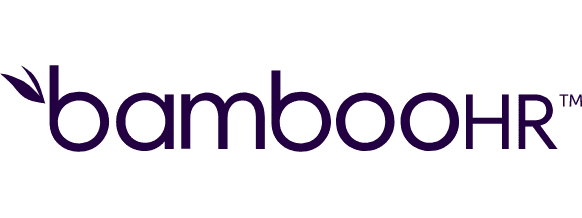
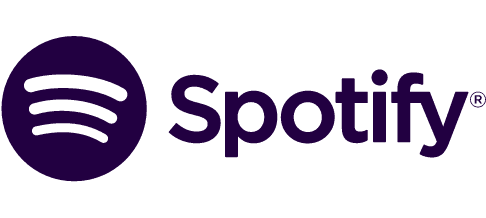
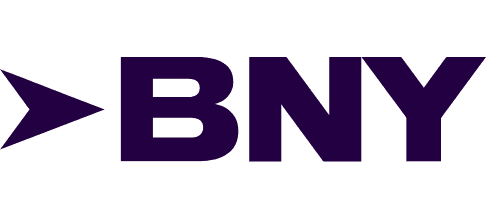
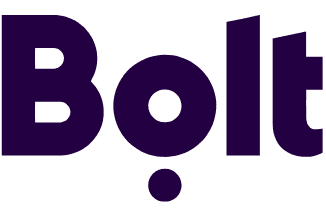
Build your Noloco and Google Forms integrations.
Create custom Noloco and Google Forms workflows by choosing triggers, actions, and searches. A trigger is an event that launches the workflow, an action is the event.
Appends a new response to the bottom of the Google Sheets table.
Creates a new form.
Creates a new collection record.
Deletes an existing collection record.
Deletes a specific response from the bottom of the Google Sheets table.
Performs an arbitrary authorized GraphQL query.
Retrieves an existing form by its ID.
Retrieves the details of a response by its ID.
Retrieves a list of responses.
Popular Noloco and Google Forms workflows.
Looking to get more out of Noloco and Google Forms? With Make you can visually integrate Noloco and Google Forms into any workflow to save time and resources — no coding required. Try any of these templates in just a few clicks.
Create Payment in Noloco from new Stripe payments
Keep your payment records up to date by automatically creating a new entry in your Noloco app whenever a Stripe payment is received. This is perfect for building internal dashboards, reconciling transactions, or tracking customer payments alongside your other business data. This workflow watches for new payment_intent.succeeded events in Stripe and sends relevant info (amount, currency, customer email, etc.) to your Noloco app. Before using this template: Ensure your Noloco app includes a Payments table (or similar) with fields like Amount, Currency, Email, Payment Date, and Stripe ID. If needed, use Noloco AI to quickly create this table. This template was created by Noloco. For help getting started, use the in-app support chat or visit guides.noloco.io.
TRY IT ->Summarize meeting notes in Noloco with OpenAI
Get instant, high-level summaries of your meetings and auto-generated titles using OpenAI. This template watches your Noloco Meetings table, takes the call notes or transcript, and produces a short summary and a clear, descriptive meeting title. Perfect for teams using Noloco as a CRM or internal meeting tracker, this workflow ensures your records stay organized and readable — without the manual effort. Before using this template: Make sure your Noloco app has a Meetings table with a Notes or Transcript field, and fields to store Summary and Title. You can generate this structure with Noloco AI if it doesn't exist yet. This template was created by Noloco. For help getting started, use the in-app support chat or visit guides.noloco.io.
TRY IT ->Add new Slack users to your Noloco app
Streamline team onboarding by automatically adding new Slack users to your Noloco app. This template watches your Slack workspace and creates a user profile for any new human (non-bot) user with a valid email. It’s perfect for teams that want to sync Slack members into their internal tools — whether for onboarding workflows, internal directories, or user tracking. Before using this template: Make sure your Noloco app has a table (e.g. Users or Team Members) with fields like Name, Email, and Slack ID. You can generate this table easily with Noloco AI. This template was created by Noloco. For help getting started, use the in-app support chat or visit guides.noloco.io.
TRY IT ->Sync new Gmail emails to your Noloco app
Automatically create a new record in your Noloco app whenever a new email lands in your Gmail inbox. This template is perfect for keeping a searchable archive of important emails alongside your existing data — whether for client communications, support, or deal tracking. The workflow connects Gmail with Noloco, and adds each new email as a record in a table (e.g., “Emails”). You can customize which fields are saved — such as subject, sender, date, and message body — to suit your needs. Before using this template: Make sure your Noloco app has a table to store the emails. We recommend calling it Emails, with fields like Subject, From, Date, and Body. If you don’t have this yet, Noloco AI can help you generate it instantly. This template was created by Noloco. For help getting started, visit guides.noloco.io or contact us through our in-app support.
TRY IT ->Watch Google Forms responses and add new entries to Google Sheets
Automatically track Google Forms responses and add them as new entries in Google Sheets for streamlined data management and analysis.
TRY IT ->Send email notifications for new Google Forms responses using a ChatGPT assistant
Automatically send email notifications for new Google Forms responses using a ChatGPT assistant. Connect Google Forms, OpenAI, and Google Email for instant alerts.
TRY IT ->Create a Google Doc for every new response in Google Forms using ChatGPT
Automatically generate a Google Doc for each new Google Forms response using ChatGPT. Streamline documentation with Google Forms, OpenAI, and Google Docs integration.
TRY IT ->Create Word and PDF documents with Plumsail from Google Forms data
Automate the generation of documents in your company: create DOCX and PDF files from a template using Plumsail Documents. The scenario is started when a form is submitted in Jotform. Files will be saved in Google Drive. This works equally well with SharePoint, Dropbox, OneDrive, and other storage platforms. You can use it to create applications, orders, invoices, etc.
TRY IT ->Send Google Form responses sent directly to your MemoMeister folder
Automatically route your Google Form responses to your MemoMeister folder, keeping all your data organized and accessible.
TRY IT ->
FAQ
How it works
Traditional no-code iPaaS platforms are linear and non-intuitive. Make allows you to visually create, build, and automate without limits.
